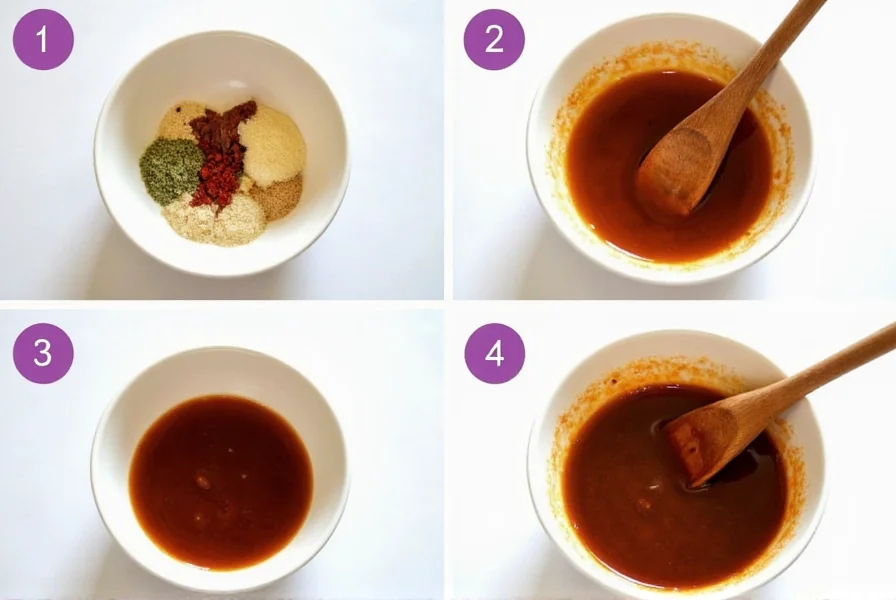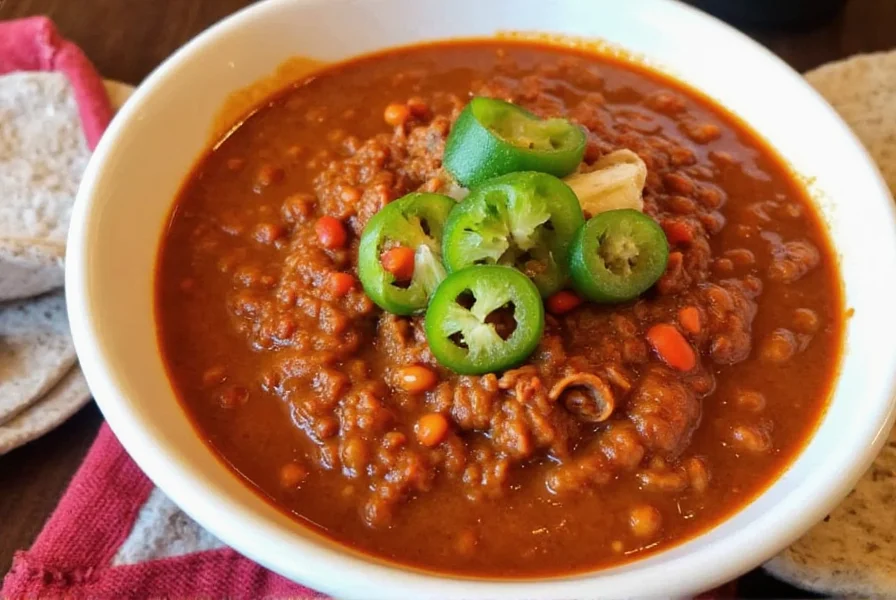The best chipotle chili alternatives are smoked paprika for smokiness without intense heat, ancho peppers for similar mild heat and earthy flavor, and guajillo peppers for medium heat with tangy notes. For recipes specifically requiring chipotle in adobo sauce, a mixture of smoked paprika, tomato paste, vinegar, and garlic makes an effective substitute. Understanding these chipotle pepper substitutes ensures your Mexican and Southwestern dishes maintain their signature smoky depth even when authentic ingredients aren't available.
Chipotle peppers—smoke-dried jalapeños—are a cornerstone of Mexican and Southwestern cuisine, prized for their distinctive balance of heat, smokiness, and earthy sweetness. When your recipe calls for chipotle chili but you're facing pantry limitations, finding the right alternative becomes essential for maintaining authentic flavor profiles. Whether you're dealing with unavailable ingredients, dietary restrictions, or simply seeking milder options, understanding proper substitutions can transform your cooking experience without compromising on quality.
Understanding Chipotle's Unique Flavor Profile
Before exploring chipotle chili alternatives, it's crucial to understand what makes chipotle peppers special. The smoking process gives them a deep, woody aroma that regular jalapeños lack, while the drying concentrates their natural sugars. On the Scoville scale, chipotles range from 2,500 to 8,000 units—hotter than poblano peppers but milder than habaneros. This complex flavor profile contains three key elements:
- Smokiness (primary characteristic from the smoking process)
- Moderate heat (less intense than fresh jalapeños due to concentration)
- Earthy sweetness (developed during the drying process)
Effective chipotle pepper substitutes must address at least two of these elements to maintain recipe integrity. The best alternative depends on whether your recipe prioritizes smokiness, heat level, or the distinctive adobo sauce component.

Top Chipotle Chili Alternatives by Flavor Component
For Smokiness Without Intense Heat
Smoked paprika stands as the most accessible chipotle alternative, especially when you need smokiness without overwhelming heat. This Spanish staple provides the woody depth of chipotles at just 10-100 Scoville units. Use 1 teaspoon smoked paprika for every 1 chipotle pepper, adjusting to taste. For recipes requiring chipotle in adobo sauce, combine 1 teaspoon smoked paprika with 1 tablespoon tomato paste, 1 teaspoon vinegar, and minced garlic.
Chipotle powder offers concentrated flavor when fresh or canned chipotles aren't available. Substitute ½ teaspoon chipotle powder for each fresh chipotle pepper, being careful not to overuse as the powdered form intensifies quickly.
For Balanced Heat and Earthiness
Ancho peppers (dried poblanos) provide the closest flavor match to chipotles with their mild heat (1,000-2,000 Scoville units) and rich, raisin-like sweetness. Reconstitute dried anchos in hot water for 20 minutes, then blend into a paste. Use a 1:1 ratio by volume as a chipotle substitute in sauces and stews.
Guajillo peppers deliver medium heat (2,500-5,000 Scoville units) with distinctive tangy notes that work well in salsas and marinades. Soak dried guajillos in hot water, remove seeds, and puree. Substitute 1 guajillo pepper for every 1-2 chipotles depending on desired heat level.
| Alternative | Smokiness (1-5) | Heat Level | Best Substitution Ratio | Ideal For |
|---|---|---|---|---|
| Smoked Paprika | 5 | Low | 1 tsp : 1 pepper | Sauces, rubs, adobo substitutes |
| Ancho Peppers | 2 | Mild | 1:1 by volume | Moles, stews, enchilada sauces |
| Guajillo Peppers | 1 | Medium | 1:1-2 peppers | Salsas, marinades, soups |
| Chipotle Powder | 4 | Medium-High | ½ tsp : 1 pepper | Dry rubs, spice blends |
| Adobo Sauce Mix | 3 | Variable | To taste | Recipes requiring sauce component |
Creating Effective Chipotle in Adobo Sauce Substitutes
When recipes specifically call for chipotle peppers in adobo sauce, the sauce component matters as much as the peppers themselves. The traditional adobo sauce contains vinegar, garlic, oregano, and spices that balance the smoky heat. For a quick homemade version:
- Mix 2 tablespoons tomato paste with 1 tablespoon apple cider vinegar
- Add 1 teaspoon smoked paprika, ½ teaspoon garlic powder, and ¼ teaspoon dried oregano
- Stir in 1-2 teaspoons water to achieve desired consistency
- Adjust with honey for sweetness or cayenne for additional heat
This chipotle adobo sauce alternative works particularly well in recipes like chipotle mayo, barbecue sauces, and braised dishes where the sauce component plays a starring role.

Advanced Substitution Techniques for Professional Results
Seasoned cooks know that successful chipotle chili alternatives often require multi-ingredient approaches. Consider these professional techniques when seeking authentic flavor:
- Layered smokiness: Combine smoked paprika with a drop of liquid smoke (use sparingly—½ teaspoon maximum per recipe) for complex smoky notes without artificial flavor
- Heat balancing: When using hotter alternatives like cayenne, balance with ¼ teaspoon honey or maple syrup per teaspoon of spice to mimic chipotle's natural sweetness
- Texture matching: For recipes where chipotle texture matters (like in salsas), finely chop reconstituted dried peppers rather than using powders
- Acid adjustment: Chipotle's smoking process reduces acidity—when substituting fresh peppers, add ½ teaspoon lime juice to balance flavors
Common Mistakes to Avoid with Chipotle Substitutes
Even experienced cooks make these errors when seeking chipotle pepper alternatives:
- Over-substituting heat: Chipotles provide moderate heat—using habaneros or excessive cayenne creates an entirely different flavor profile
- Ignoring regional variations: Mexican chipotles differ from American smoked jalapeños—adjust substitutes based on recipe origin
- Adding liquid smoke indiscriminately: This potent ingredient quickly dominates—start with 1-2 drops per recipe
- Not adjusting other ingredients: When changing the primary chili component, rebalance sweet, acidic, and salty elements
When to Seek Specialty Alternatives
Certain dietary needs or recipe requirements call for specialized chipotle chili alternatives:
- For nightshade-sensitive diets: Use smoked black tea leaves (¼ teaspoon) with roasted red peppers for smokiness without nightshades
- For heat-sensitive palates: Bell pepper powder (made by dehydrating and grinding bell peppers) with smoked paprika provides color and mild smokiness
- For authentic Mexican flavor: Seek morita peppers, which are a specific type of smoked jalapeño often labeled as "chipotle morita"—they're the closest relative to traditional chipotles











 浙公网安备
33010002000092号
浙公网安备
33010002000092号 浙B2-20120091-4
浙B2-20120091-4